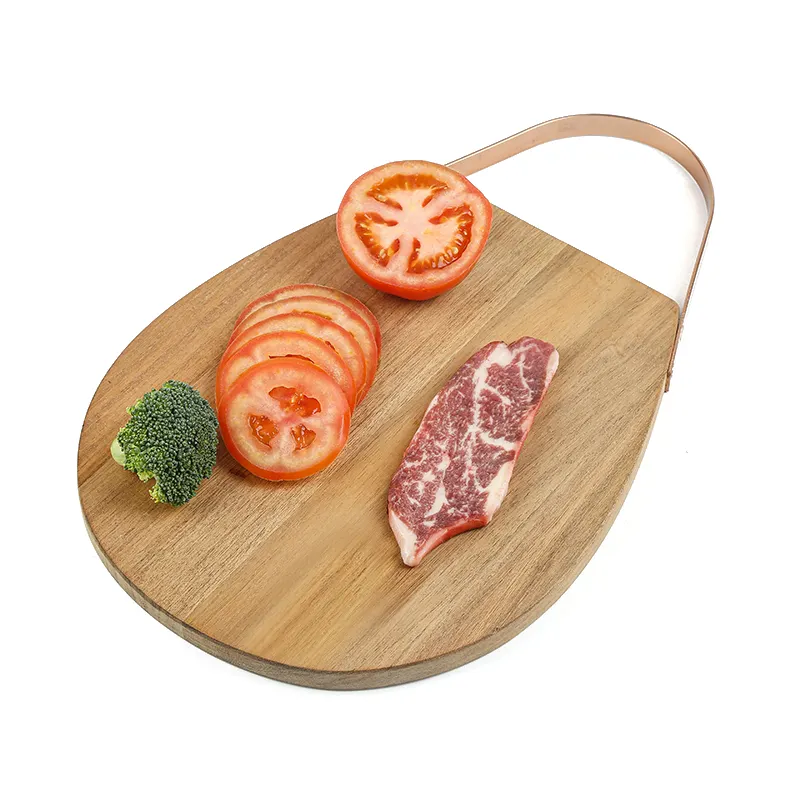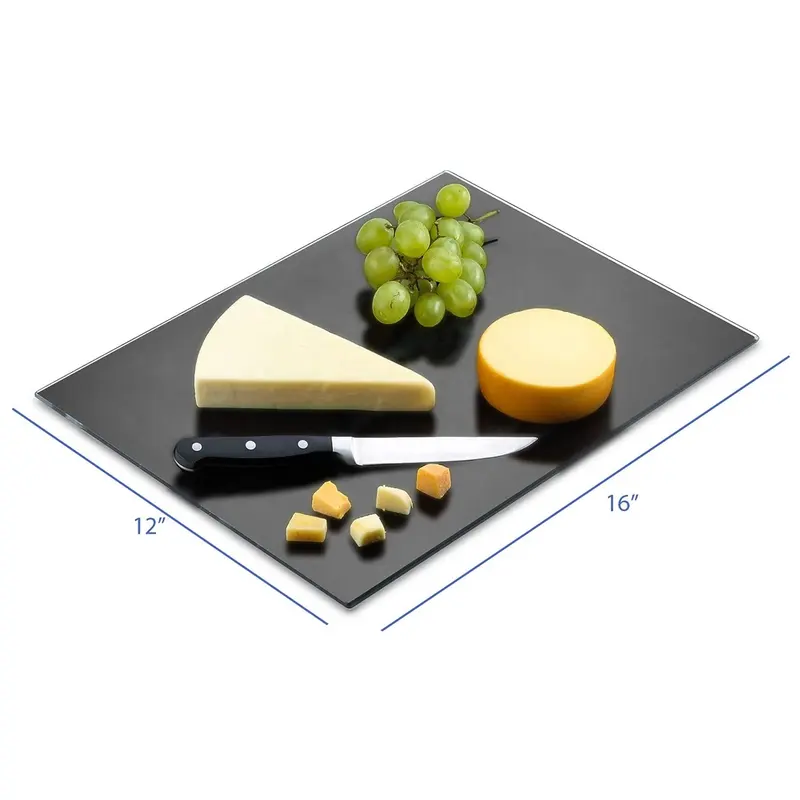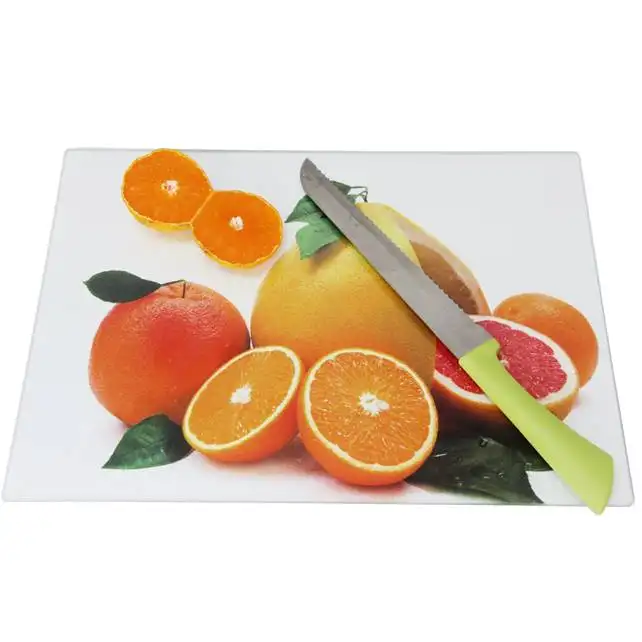Color-coded plastic cutting boards are a practical solution for promoting food safety in the kitchen. The use of different colors helps prevent cross-contamination by assigning specific boards to particular food groups. Here’s a commonly used color-coding system and its recommendations:
- Red:
- Use For: Raw Meat (Beef, Pork, Lamb)
- Reason: Red signifies caution and is associated with raw meats to prevent cross-contamination with other foods.
- Yellow:
- Use For: Poultry (Chicken, Turkey)
- Reason: Yellow helps distinguish boards used for poultry to avoid mixing with other types of meat.
- Green:
- Use For: Vegetables and Fruits
- Reason: Green is often associated with fresh produce, making it a suitable color for cutting boards used for vegetables and fruits.
- Blue:
- Use For: Seafood
- Reason: Blue is commonly used for seafood, helping to prevent cross-contamination with other food groups.
- White:
- Use For: Dairy and Bakery Items
- Reason: White cutting boards are typically designated for dairy products and baked goods to prevent mixing with other food types.
- Brown:
- Use For: Cooked Meats
- Reason: Brown boards can be used for cooked meats to avoid any potential cross-contamination from raw meat.
- Tan/Natural:
- Use For: Alternatives (Non-meat Products)
- Reason: Tan or natural-colored boards can be used for non-meat products, such as tofu or plant-based alternatives.
It’s important to note that consistent adherence to the color-coding system is crucial for its effectiveness. Additionally, regular cleaning and sanitation of cutting boards, especially between tasks involving different food groups, are essential for maintaining a hygienic kitchen.
While color-coded cutting boards are a helpful tool for food safety, they should be used in conjunction with proper food handling practices, thorough cleaning, and adherence to overall kitchen hygiene guidelines.



